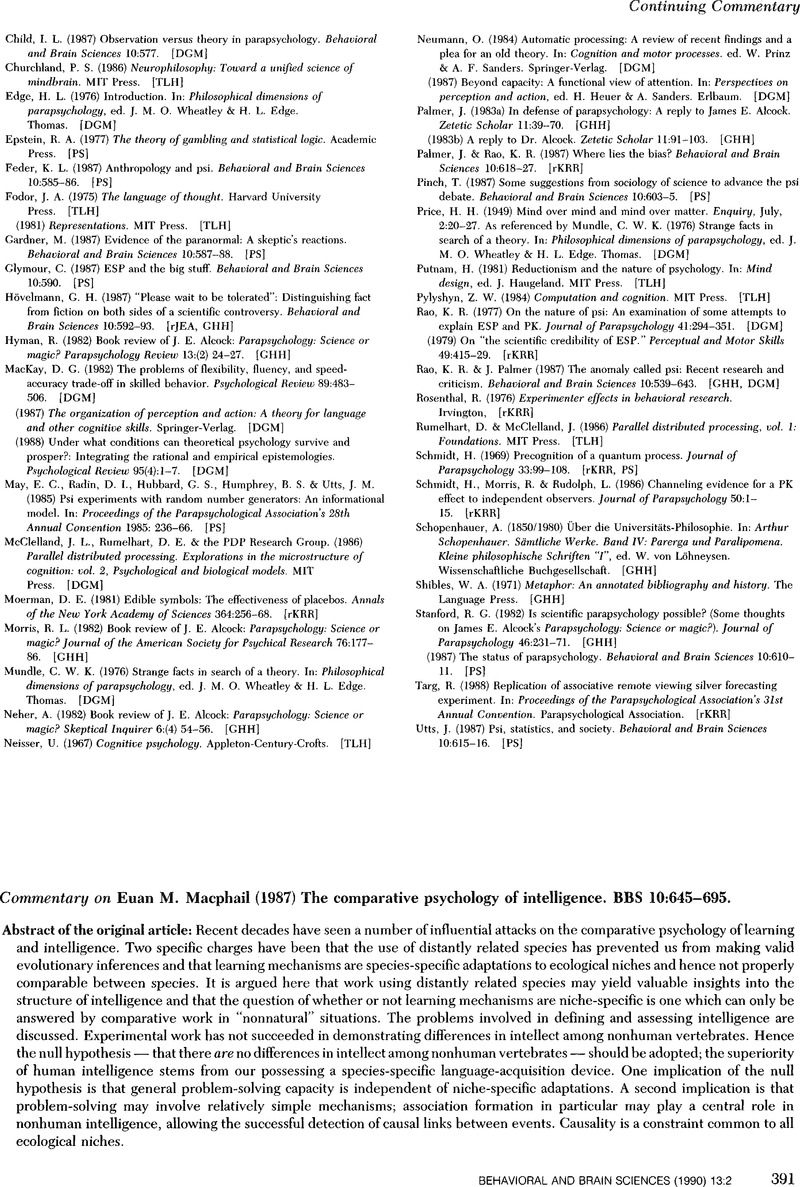Crossref Citations
This article has been cited by the following publications. This list is generated based on data provided by Crossref.
Bauer, Gordon B.
Cook, Peter F.
and
Harley, Heidi E.
2020.
The Relevance of Ecological Transitions to Intelligence in Marine Mammals.
Frontiers in Psychology,
Vol. 11,
Issue. ,



